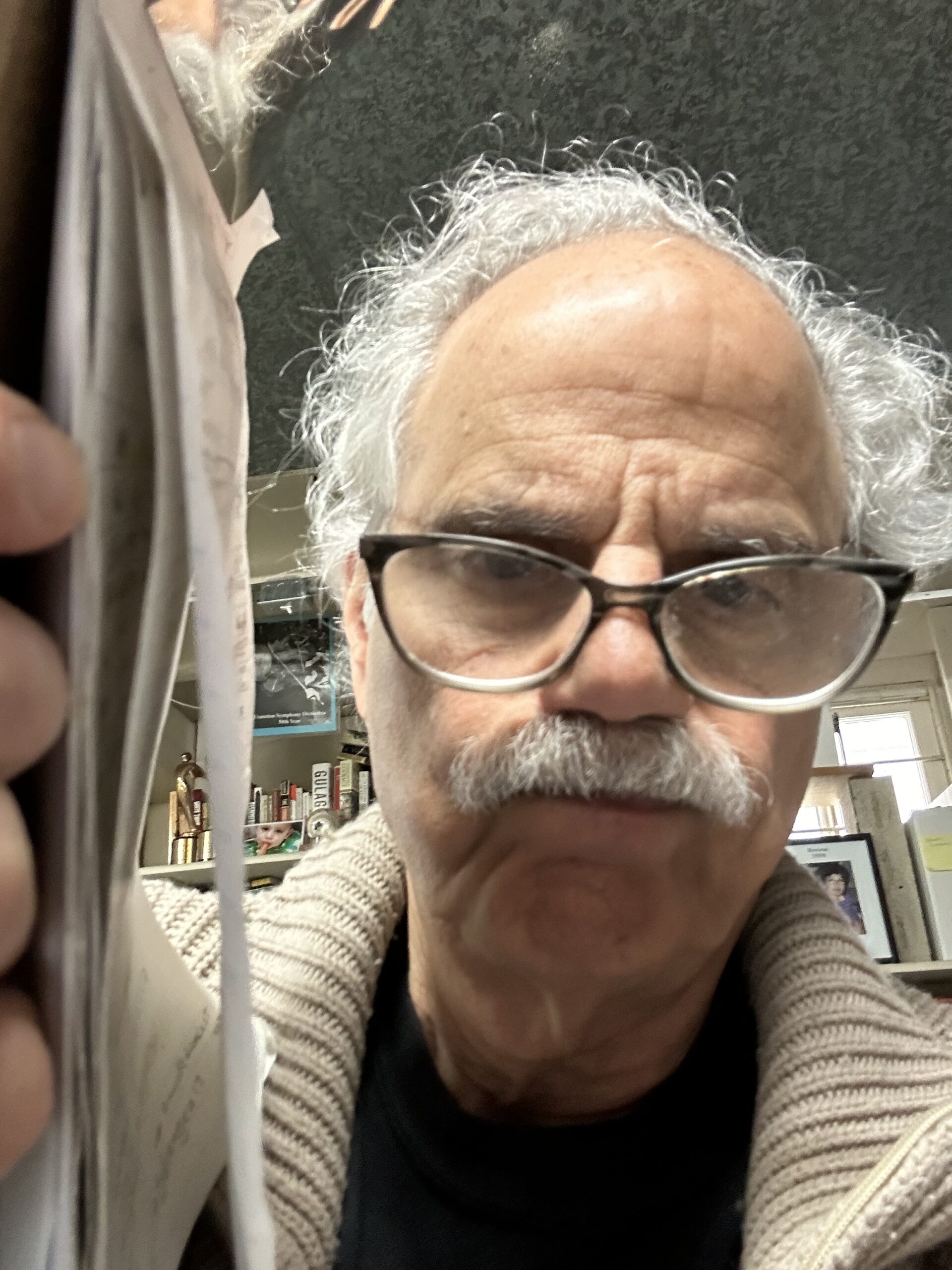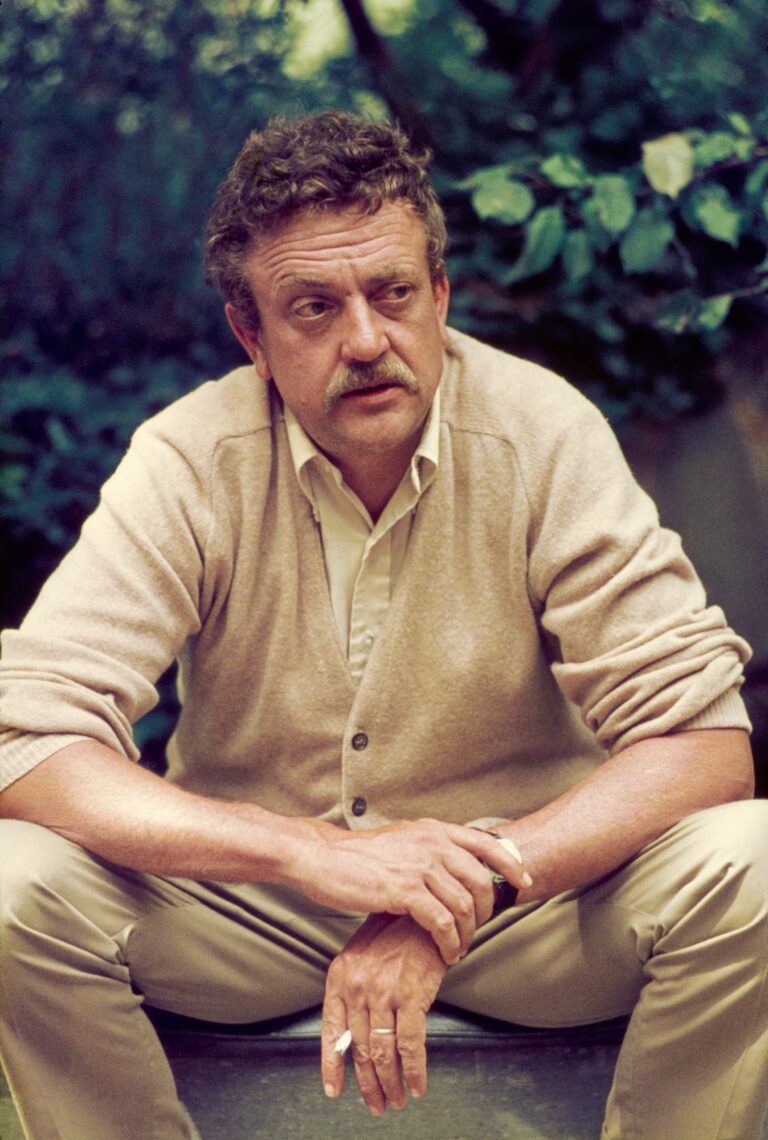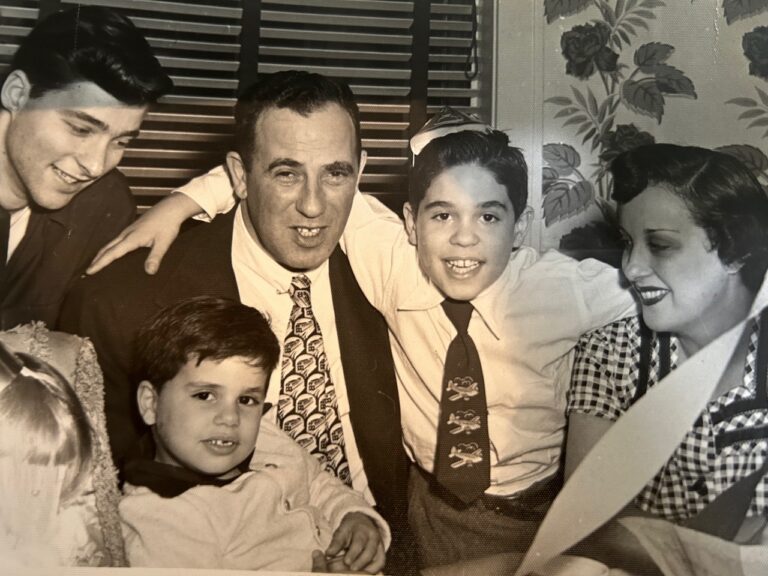Evanston RoundTable, Sept. 6, 2018
Are we tied implacably to our personalities or are we free to reinvent ourselves?
That’s a question scientists, philosophers and even novelists have long explored. One take on this question comes from an unlikely source, the 1929 noir masterpiece “The Maltese Falcon” by Dashiell Hammett.
Film buffs remember Hammett’s gumshoe anti-hero Sam Spade, played in John Huston’s classic movie by Humphrey Bogart. There’s an episode in the book that didn’t make it into the film. In it, Spade sits his nemesis Brigid O’Shaughnessy down to tell her a little story. Spade may suspect O’Shaughnessy of having killed his partner, but he can’t yet prove it.
The story is simple: a client many years back asks Spade to find out what happened to her husband, who had disappeared “like a fist when you open your hand.” There had been no evidence of foul play and no indication that the man, a conscientious businessman who loved his wife and family, had harbored the slightest interest in abandoning them.
Spade eventually discovered what happened. The man, named Flitcraft, had been walking to lunch down a Tacoma street one day when a girder fell from a construction site and narrowly missed killing him. “He felt like somebody had taken the lid off life and let him look at the works,” Spade related.
Instead of being “orderly, sane and responsible,” Flitcraft realized, life was random, irrational and hung by a thread. “He knew then that men died at haphazard like that, and lived only while blind chance spared them.”
Stunned by the near-fatal episode, Flitcraft kept walking, away from his family and his old life. He bounced around the west coast for several years before settling in Spokane, where, curiously, he didn’t so much reinvent as repeat himself, starting another business, remarrying and starting a new family.
The meaning of the story is ambiguous, and Spade never explains it. Perhaps it illustrates the invariable constancy of human nature. O’Shaughnessy may pretend to be a neurotic ditz, Spade seems to be saying, but her true character remains dark and threatening. Or, as the educational website Shmoop hypothesizes, the story may be a parable of free will and fate.
In any case, it raises the question: do we have the free will we assume we do to change the course of our lives? Or are we forever bound up by genetics and custom to follow the same path day after day?
We like to think we’re not creatures of habit, but most people live lives very much like their parents and siblings. Few of us slip away to follow a different path.
Sometimes it takes a shock, like the girder that lands at our feet, to set us free from the “ruts worn deep by time and habit,” as Mark Twain put it. But most often, for better or worse, we are as chained to our nature as gravity chains us to the earth.




+ There are no comments
Add yours